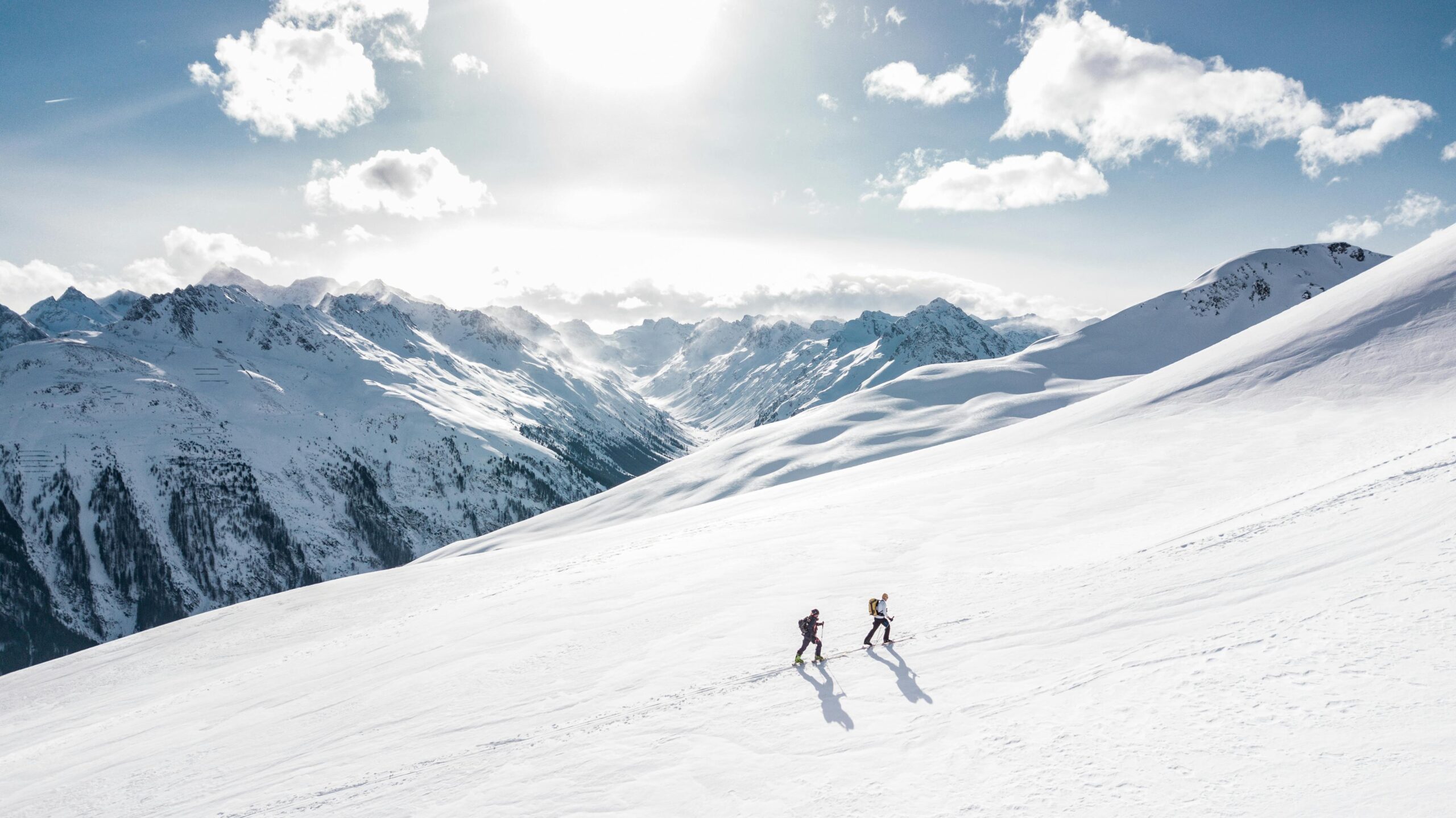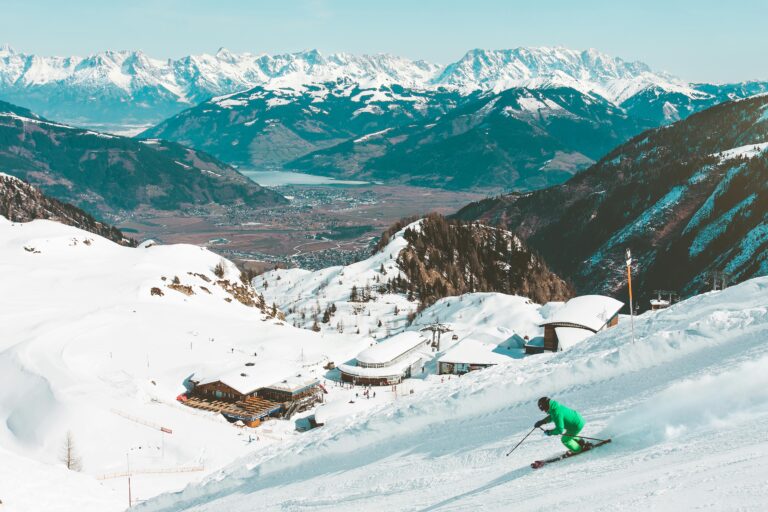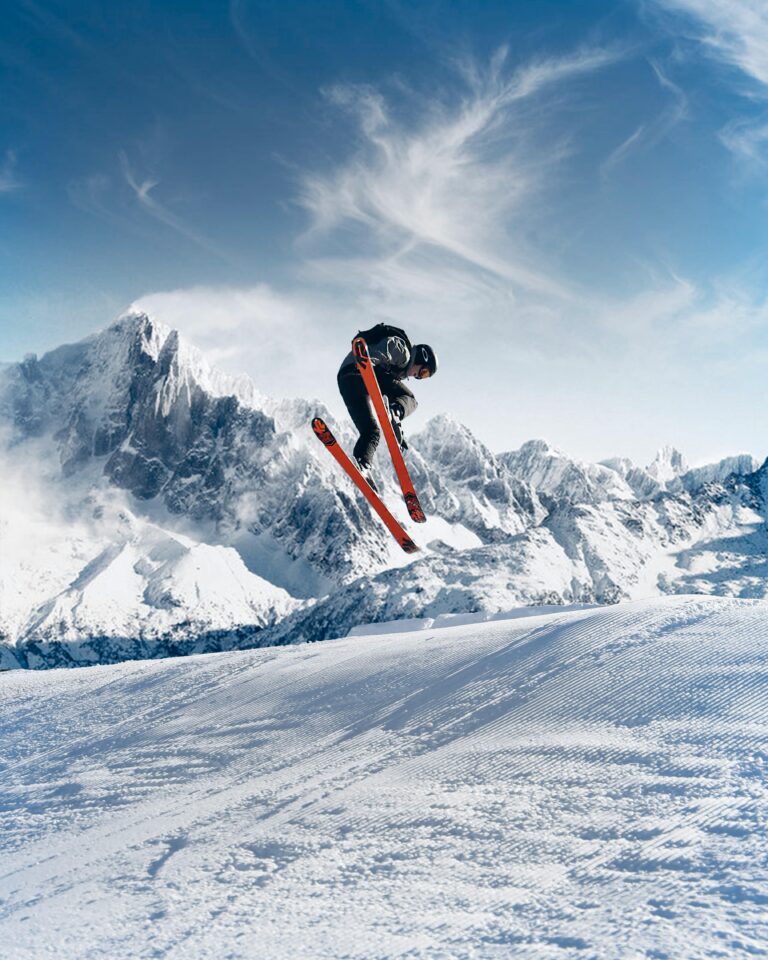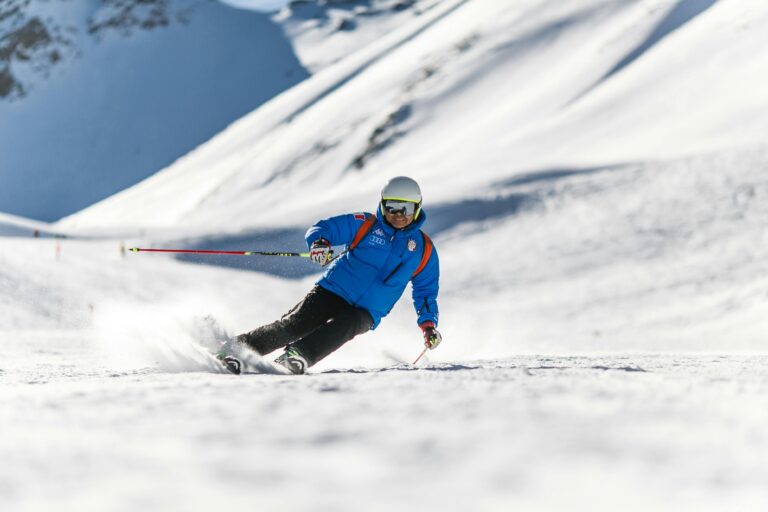Ever been out on the slopes, lungs gasping for air, only to feel this sharp, nagging pain right through your shins? If that sounds familiar, you’re definitely not alone. Shin splints can sneak up and totally wreck your ski day. I’ve been there, and it’s no fun. In this article, I want to break down why shin splints happen when you ski and, more importantly, what you can do to avoid them so you can focus on carving those turns pain-free.
Can skiing cause shin splints?
Yes, skiing can cause shin splints due to the repetitive stress on the shins, especially if proper technique, equipment, and conditioning are neglected. This condition can manifest as pain, tenderness, and discomfort along the shin, impacting overall skiing performance.

There’s nothing quite like the thrill of slicing through fresh snow, but it comes with some hidden aches and pains. Shin splints—officially called medial tibial stress syndrome—are one of those common side effects. The pain runs along the inner edge of your shinbone and usually pops up when you push your legs too hard, too fast.
Understanding Skiing Mechanics
When you’re skiing, your legs are in constant motion, bending and straightening your knees while balancing all that pressure on your lower legs. Think of it like this: if your muscles aren’t prepped for this kind of workout, especially the front of your shins, those muscles and tendons get overstressed. Leaning forward aggressively without proper strength is like asking your shins to take one for the team—and they’ll protest with pain.
Role of Gear and Foot Positioning
Ski boots are way more than just fancy winter shoes. If your boots don’t fit just right—not too tight, not too loose—they’ll mess with how your shins feel. I’ve wrestled with boots that felt like concrete blocks and others that left me sliding around; neither does your shins any favors. Plus, how your foot sits inside the boot matters a lot. If you’re unknowingly shifting your stance to get comfy, you could be putting extra strain on your shins before you even hit the slope.
Terrain Impacts
Ever skied on a patch of ice or a bumpy trail and felt your legs tense up? That’s a big clue. Hard, icy surfaces don’t give your legs the same gentle shock absorption as soft powder does. And when the terrain is uneven, your body twists and adjusts in ways that can overwork your shins. It’s like running on rocky ground versus soft grass — your muscles and bones pay the price.
The American Academy of Orthopaedic Surgeons points out that shin splints are a common culprit behind lower leg pain in sports with repetitive impacts. For skiing, the stats say between 20-35% of skiers wrestle with some form of shin discomfort. If that doesn’t convince you to pay attention, I don’t know what will!
| Factors | Influence on Shin Splints Risk |
|---|---|
| Skiing Mechanics | Repetitive motions strain lower legs /* Your skiing mechanics are crucial to prevent stress. */ |
| Ski Gear | Improper fitting boots can exacerbate pain /* The right boot can make all the difference! */ |
| Foot Positioning | Incorrect alignment increases stress on the shin /* A correct stance helps alleviate pressure. */ |
| Terrain Type | Hard surfaces and uneven terrain elevate risks /* Terrain matters! */ |
When you’re prepping for your runs, keep these points in mind. Strengthen your muscles, get your gear checked, and stay aware of what the snow beneath you is doing. That way, you can ski smarter, not just harder.
If you want to dig deeper into skiing safety, take a peek at our article on Is skiing dangerous?.
Learning about these risks lets you get ahead of any problems. No one wants shin splints taking the fun out of their day.
And hey, if you want to see some good explanations on shin splints, I’ve dropped two videos below that really break it down.
Here’s another one you might like:




